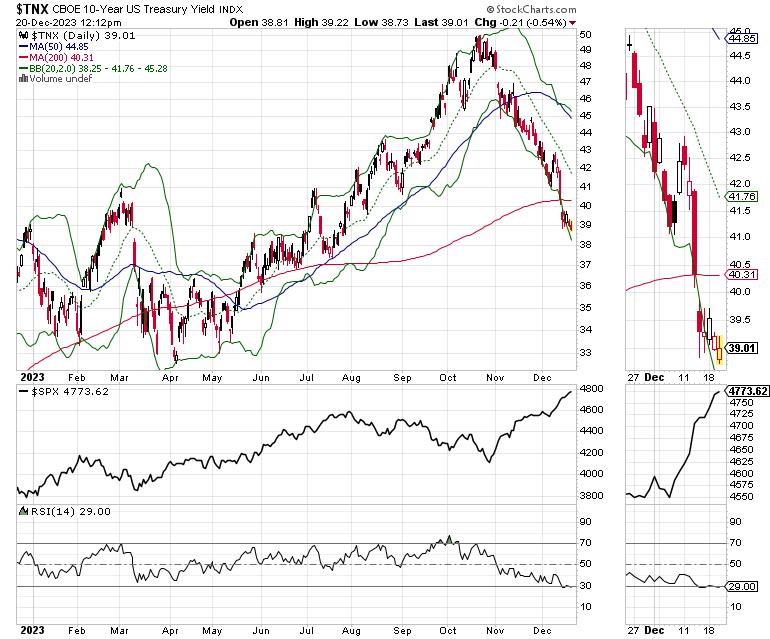As the stock market continues to make new highs, the influx of retail investors is growing exponentially. Market breadth is a key indicator of investor sentiment as it reflects the buying pressure being applied to all stocks, not just the ones making headlines. Recently, we have seen a surge in market breadth, which is an indication of growing investor bullishness.
However, the market has been particularly volatile of late, a reminder that one should proceed with caution. Many investors are wondering if the current market is simply a bull market rally or a sign of a longer-term trend. It is important to remember that the stock market often moves in cycles of both bull and bear markets. Therefore, no matter how strong a bullish trend may be, it is prudent to stay cautious and not to fight the market.
For investors looking to capitalize on the market’s current momentum, market breadth is a great tool. Analyzing market breadth can give an indication of the strength across the entire market. For instance, when market breadth is strong, it means that all stocks and sectors of the market are performing well, instead of just a handful of stocks. This is a sign of a broader, bullish trend and indicates that investors are quickly pushing prices up and buying more stock.
On the other hand, when market breadth is low, it signals that the entire market is not performing well and that investors are becoming more selective in what they are buying. Therefore, it is important to look at the broader market and not just individual stocks.
It is clear that while the market is booming now, investors should remain attentive and practice caution. Staying abreast on market sentiment and analyzing market breadth is a great way for investors to stay up-to-date on the current market’s conditions. Ultimately, don’t fight the market. Even though it can be alluring to jump on the bandwagon of a strong bull market, taking more of a cautious approach could be beneficial in the long run.

